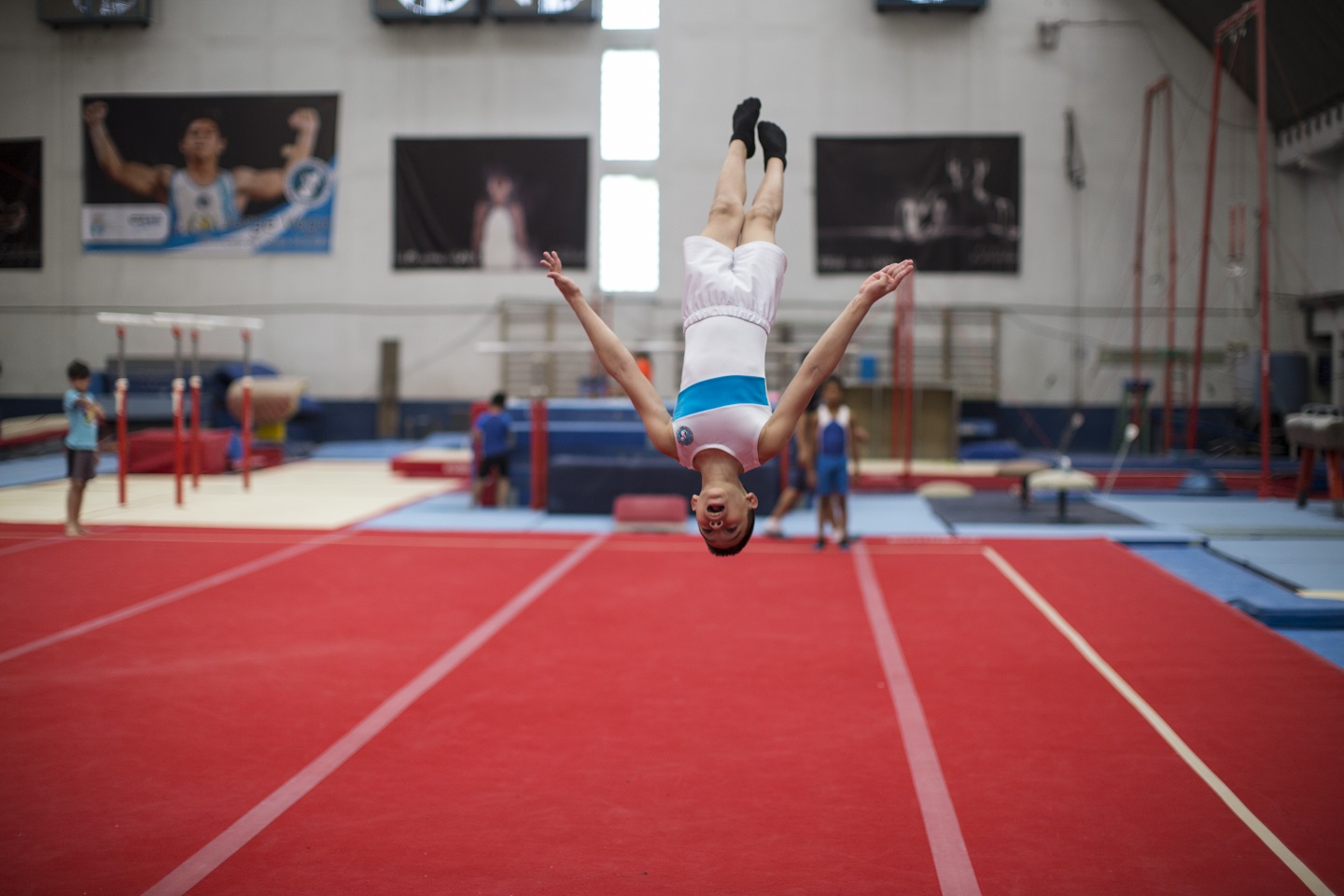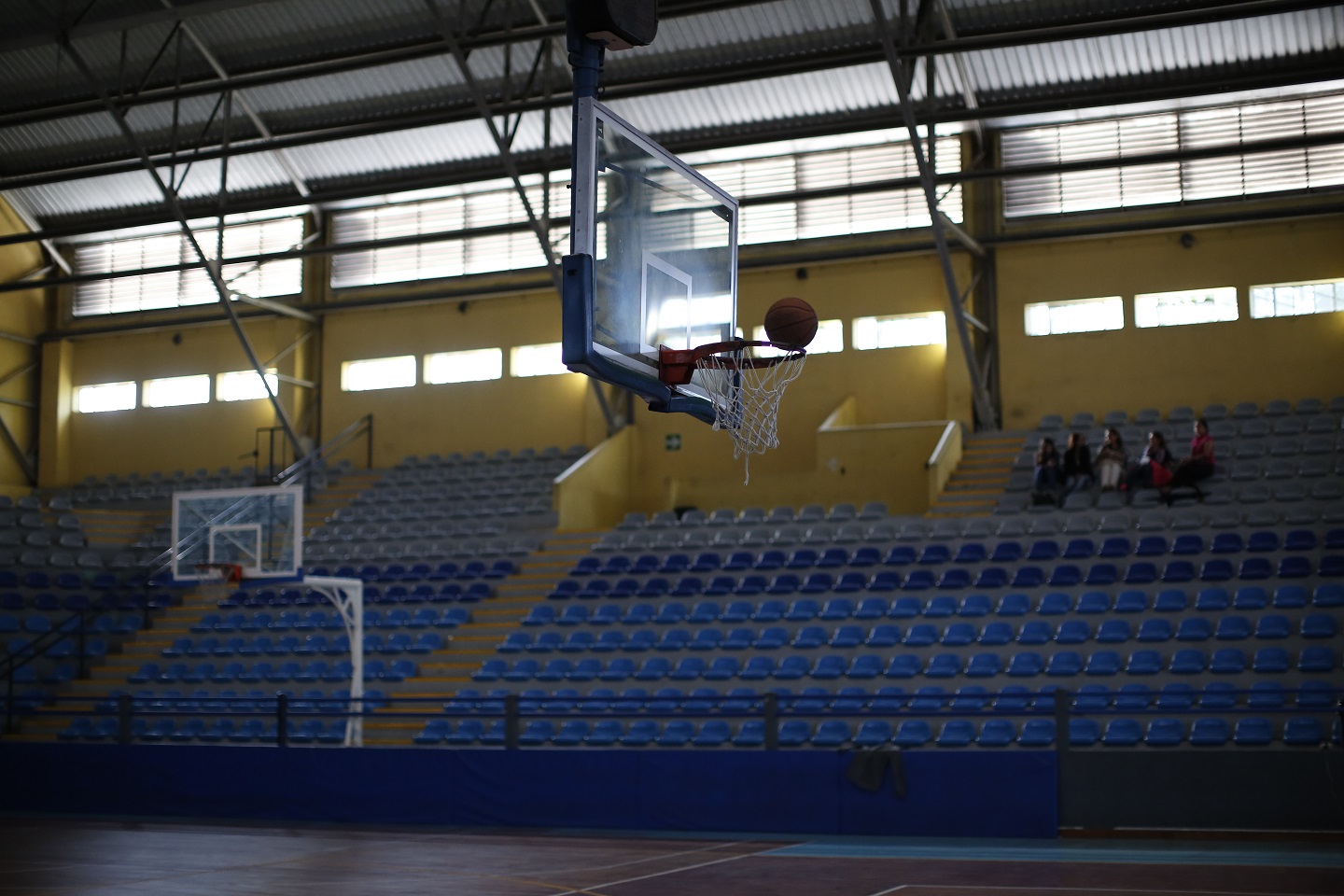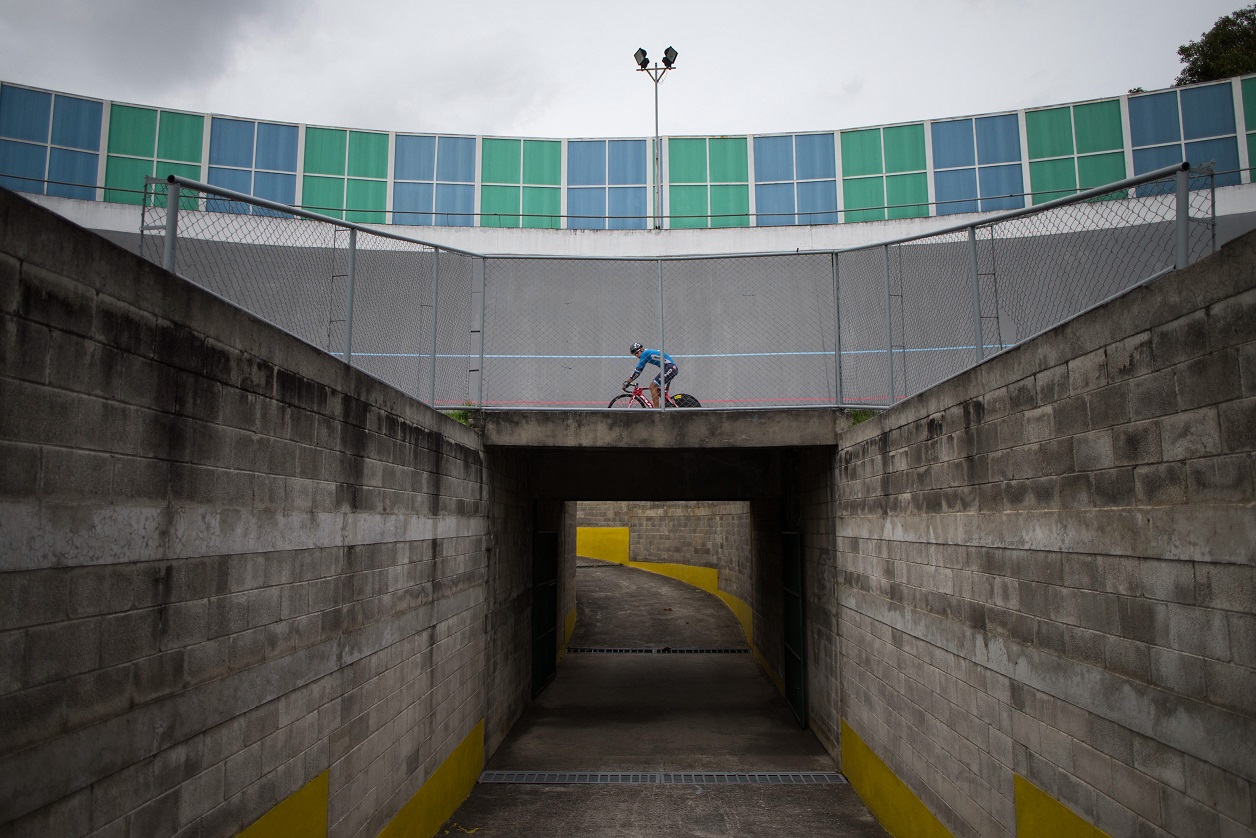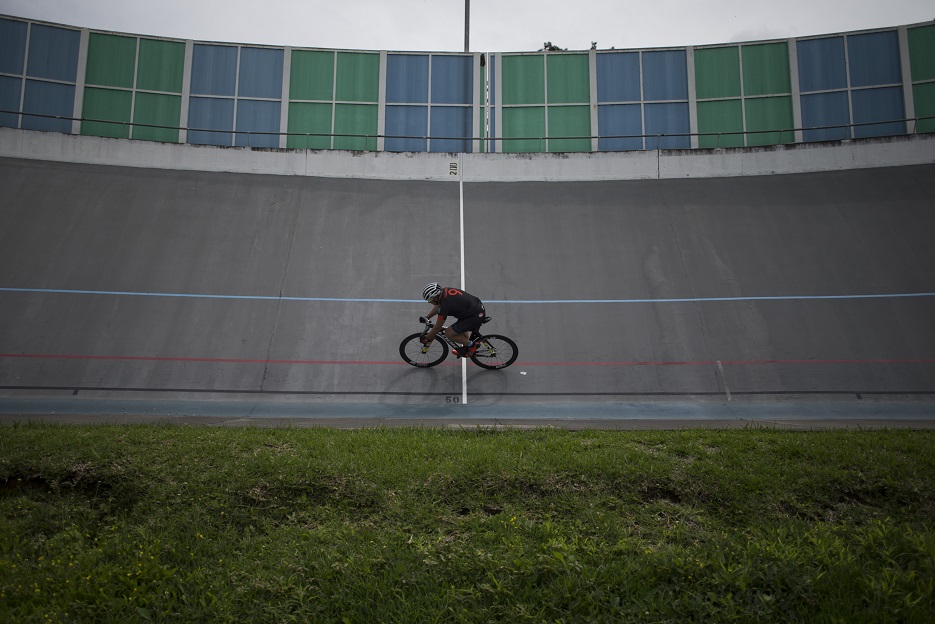Sports Constitutional Sin
10 min. de lectura
The only country on the planet that assigns a percentage from the national budget for sports, from Constitutional Text, is Guatemala. An intention that debauched historical sports leaders, and has allowed the creation of political structures to control and darken assigned resources for Guatemalan sports.
You hear the fans screaming, far away. There, from sports courts bottom, from the ring, floorboards, dressing rooms and tracks, without the shine of medals; you hear the murmur of glory or claims coming from the surfaces’ grandstands. Because underneath all, sports are a separate world; a universe without athletes, full of administrators and bureaucrats. A small state in the Guatemalan State, with its own rules, leaders and individual political disputes, where everything revolves around money: a close number to Q1 billion quetzales (US$134 million) assigned by Constitutional Term for federated and non-federated sports (a third percent of the national budget).
Far from spotlights and stadiums, sports leaders work politically to control sports institutions and for state resources. Underground dynamics always comes along with Olympic speech, healthy competition and sports culture.
This is the political use for Guatemalan Sports´ history. Its constitutional allocation, the characters and the historical moments that have changed the darken to administer sports practice resources.
Constitutional lines
Since the Political Constitution in 1985, in Guatemala, sports have an insured sum. Each year, the figure grows along with that raised by the State to make the national budget. From the initial Q10 million quetzales (US$3.4 million) on the 80’s, after more than 30 years of its constitutional assignment to sports, currently reaches, close to Q1 billion (US$134 million).
“It´s the State´s duty to provide physical education, and sports development and promotion. For that purpose, an exclusive no less than three percent assignment will be intended from General State Budget Ordinary Income”, established in Article 91 of the Political Constitution of the Republic.
This article, in just three lines, has changed all the sports budgeting dynamic for the last three decades in Guatemala. It´s the beginning of Guatemalan sports most obvious internal political disputes. The road blockades, the alliances, the betrayals, the control, the groups; the federations’ subordination, the money allocation managed for each sports; the federative elections. The necessary boundaries with the government in charge; the autonomy intervention attempts.
As a matter of fact, sports constitutional sin has allowed the opacity in political management of sports institutions. From Q1 billion quetzales (US$134 million), 50 percent is assigned for federated sports (CDAG and COG) and the other 50 percent, for the non-federated (in the Ministry of Education and Ministry of Culture and Sports).

The Sports three big homes
Historically, since the constitutional articles were writing, sports control in Guatemala, established by the Constitutional Budget; has been fought over by the three main sports: boxing, wrestling, rowing and canoeing.
Three disciplines from 46 in total, with three leaderships, for over 30 years have been involved in alliances and strategical disputes. A sports political scenario taken by the ex-Boxing referee, Willi Kaltschmitt; the Rowing and Canoeing Federation former leader, Rolando Castro de León, and the former leader of the Wrestling Federation, Francisco Lee López.
“The strategy, despite the disputes between leaders, has been the preservation of sports’ independence in Guatemala”, says Rolando Castro de León, also, ex-president of CDAG, three times (1973-1975, 1995-1997, and 2005-2007).
Each one of the historical leaders has participated in important circumstantial moments for national sports. They have won or failed; they have created temporary alliances; they have prosecuted each other. They have made laws to avoid the election of one or another, but, each time, today´s biggest loser, from the shadows of this ring, has always sought revenge.
The greatest contemporary moment between the leaders, “a before and an after”, according to Castro was the making of constitutional articles that also consider sports autonomy. “They recognize and guarantee the federated sports autonomy through its governing bodies, Guatemalan Autonomous Sports Confederation and Guatemalan Olympic Committee have legal status and their own athletes”, states Article 92, from the Constitution.
Before 1985, the national sports did not have its own sustainability. Its autonomy had been intervened in a lot of opportunities, by Carlos Castillo Armas in 1954, and; by Enrique Peralta Azurdia in 1963.
And, its financing coming from a decree-law from 1978 that established a tax for tobacco, wine and beer, had been repealed in 1982, the sports autonomy was intervened by a new one.
Francisco Lee, current wrestling federation manager, says: “school sports always had a budget, because they always worked under the governmental umbrella. A space to occupy political positions and pay campaign promises. Therefore; managerial battles hadn´t been as important as in the federated sports until, 1985, when its sustainability was ensured. Although, since then, money has been like a piñata”.

High-performance battle
With the constitutional allocation, high-performance sports in Guatemala remained dual. CDAG and COG, sometimes, repeat functions regarding Olympic decisions. If CDAG has a sports fair, COG has its Olympic festival; if COG awards the athletes on Olympic Day, CDAG pays tribute on Guatemalan Athletes’ Day.
Double representation, according to Willi Kaltschmitt, the International Olympic Committee (IOC) in Guatemala, has created certain leadership conflicts, a battle to lead high-performance sports. The Constitution states autonomy for both institutions.
“The dispute has been created to decide by who or how high-performance sports are represented; since the beginning, COG is supported by the Olympic Charter. And, CDAG is the national entity in charge of federations but, not for high-performance sports”, says Kaltschmitt, also, COG ex-president in 1985.
In an official document from the National Constituent Assembly, constitutional sports articles, were debated. CDAG was conceived to make the sports infrastructure, like facilities and national championships, in order to produce several athletes´ generations for high-performance sports. COG and its autonomy, would be in charge of the representation at Olympic events and the necessary management for the Guatemalan athletes´ participation.
“The reason for the division between COG and CDAG has been caused by the laws’ misrepresentation”, says Rolando Castro. “COG has manipulated the national laws in its favor. As they bind themselves as Olympic representatives in Guatemala. But, in fact, CDAG should propose the national team for international games from federations and sports associations, instead of COG”, complains.
«Historically, the sport was played under the banners of three sports houses: Boxing, Wrestling and Rowing / Canoeing»
Non-federated judges
The last great dispute, after the constitutional allocation for sports in 1985, between COG and CDAG, happened in the middle of the 90’s. The Sports Federations lead by Rowing/Canoeing and Wrestling, an alliance between Rolando Castro and Francisco Lee, would take COG control which was under Willi Kaltschmitt´s power.
For high-performance sports, 1997 was the election year and the playing field was mainly political.
However, for athletes at national level, there was weariness, COG and CDAG leaders were disputing the constitutional budget control for almost Q200 million quetzales (US$26 million) in those years.
“High-performance sports division undermined sports spirit and it had to be controlled once and for all” says Jorge Zamora, Counsellor at Ministry of Education, and one of the historical managers in charge of ensuring the non-federated sports. National Law of Physical Culture and Sports, was an initiative which came up from the recreational and school sports leaders, and, its purpose was to stop some political dynamics in high-performance sports; to change the rules on how the leaders were elected.
“In elections, for federations re-election was forbidden. The electoral periods were changed so COG and CDAG would not coincide; and, in that way, neutralize us”, remembers Francisco Lee, whose slate could not participate in the 1997 COG elections.
Zamora and Castro de León agreed that, during the governmentof the Partido de Avanzada Nacional political party (PAN acronym in Spanish), with Álvaro Arzú as President, they intervened on the sports election process that year.
“From the Executive Branch”; says Francisco Lee, “Roberto Aldana´s slate was imposed, supported by Willi Kaltschmitt”. This last political move was to control high-performance sports, still known as “Atlanta´s Pact”, agreed between Kaltschmitt and PAN´s ex-vice-president, Luis Flores.
Why did PAN want high-performance sports control?
PAN had a 20-years-plan. Sports had a political purpose for them, but; they never had people capable of boosting sports political use, says Lee.
Zamora states: “we moderated the historical division between COG and CDAG by law. Finally, an inter-agency coordination was looked for. CONADER (Spanish acronym for: National Commission of Sports, Physical and Recreational Training) was created; and, COG and CDAG leaders and the Ministry of Education and Ministry of Culture and Sports had to be around the same table. This was something unheard before, because of so many lawsuits due to the million-dollar constitutional contributions.
For COG, after that law, its leaders’ re-election was still granted; under the argument for Olympic Charter respect. CDAG has been forbidden since then.
Money tips the scales
“To Sports leaders one thing moves them”, explains Francisco Lee. “At their enterprises, in their businesses, in their academic history are invisible. They do not exist. But, they arrive to lead hundreds of athletes and, something changes their lives. People greet them, appreciate them. And that makes feel them they are someone. Besides, with money, there are trips, power, control”.
From constitutional allocation, 1.2 percent from budget was assigned for CDAG, a 0.3 percent for COG.
About money, Kaltschmitt, says with no hesitation: “most sports leaders come from well-off sectors. Most wealthy families in this country have their children practicing sports. The sports’ interest is not about money; it is more a family matter”.
However, the way in which the budgets are assigned for federations and associations, which today number altogether 46 entities, becomes a political issue; its power resides in constitutional money allocations. The origin of sin in sports.

Under a new flag
Today, the power in sports protects under a new flag. Rowing/Canoeing, Wrestling and Boxing have changed the political use of sports history. And, nowadays, a new house has the COG and CDAG´s total control: a leader who comes from softball as a sporting discipline: Gerardo Aguirre Oestmann.
“A little bit more from the same; but, a history details observer”, as says Kaltschmitt, “and, with a deep understanding of the system”.
Which means: the total control of the constitutional budget to break the will of other leaders. Discretionary control for public funding with no accountability.
Meanwhile the historical leaders have become weak and older, become a part of the crowds’ murmur and the grandstands’ cheering, under sports courts, sports systems create their own structures with no athletes. “This situation, where there is a big fiscal and financial darken, on behalf of the resources managed in Olympian favor, allowed organized sports to become an island, in a bubble of impunity.” Sports as a small state inside the state, with its own politicians, where Q1 billion quetzales (US$134 million) from public funding are at stake.

